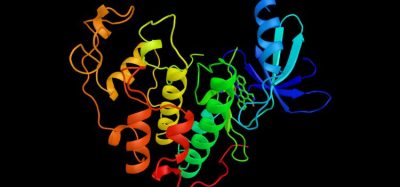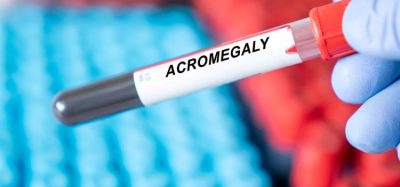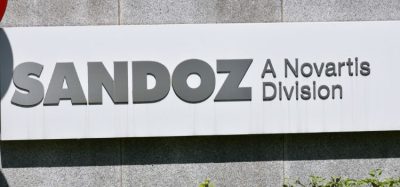New radiopharmaceutical laboratory opens in Germany
Ariceum Therapeutics’ new Berlin-based laboratory gives the company internal capability to progress the development of its lead radiopharmaceutical candidates.
Ariceum Therapeutics has opened its new laboratory facilities at its Berlin headquarters. This allows in-house R&D for its next generation radiopharmaceutical pipeline candidates and support in the transfer of advancing products into the clinic.
There is over ~200m² of laboratory space (cold biology/chemistry lab; radioactive lab) at the new site. Positively, Ariceum highlighted that this means a further ~60m² of changing lock and storage space can be added within the facility.
An advanced radiopharmaceutical laboratory
Ariceum stated that these features enable this facility to work with positron emission tomography (PET) and single-photon emission computed tomography (SPECT) isotopes for imaging, and beta and alpha isotopes for therapy.
Additionally, the new laboratory offers Ariceum the ability to carry out on-site process, method, validation and formulation development as well as preliminary stability analysis of its radiolabeled compounds.
The facility will also have capacity to conduct non-clinical pharmacology studies for detailed characterisation of its first-in-class development candidates, according to Ariceum.
The advanced laboratory space gives the company internal capability “not only to progress the development of our lead radiopharmaceutical candidates but to provide a state-of-the-art research hub to advance R&D collaborations and identify exciting new pipeline candidates,” Manfred Rüdiger, Chief Executive Officer of Ariceum Therapeutics shared.
Supporting radiopharmaceutical development
For example, on 28 September 2023, the company announced that its lead candidate 177Lu-satoreotide tetraxetan (Satoreotide), enabled 95 percent of patients with neuroendocrine tumours (NETs) to achieve disease control in a Phase I/II trial. The treatment combines the peptide satoreotide, a first-in-class and best-in-class antagonist of the somatostatin receptor 2 (SSTR2), with 177Lutetium, according to Ariceum.
While only lutetium (Lu‑177) is currently clinically established for cancer therapeutics, several radionuclides are suitable for radiopharmaceutical programmes, offering different potential beneficial characteristics. Apart from Lu-177, actinium-225 (Ac‑225) and copper-67 (Cu-67) are the most advanced radionuclides used in radiopharmaceutical development.1
References
- Jaafar-Thiel. Meeting rising demands of a new radiotheranostic era. [Internet] European Pharmaceutical Review, Issue 3 2023. 2023. [cited 2024Mar]. Available from: https://www.europeanpharmaceuticalreview.com/article/186284/meeting-rising-demands-of-a-new-radiotheranostic-era/
Related diseases & conditions
Cancer










